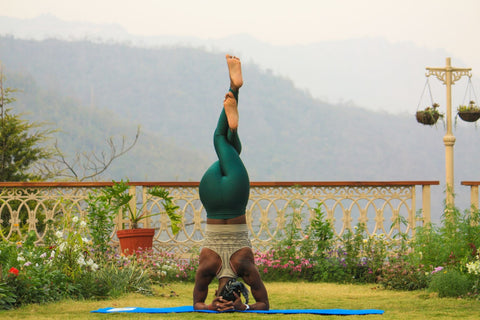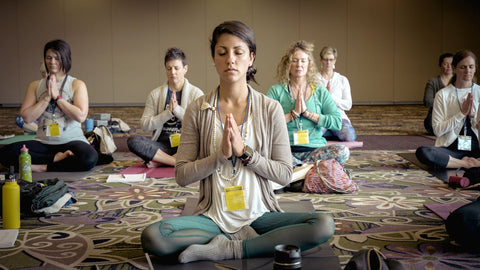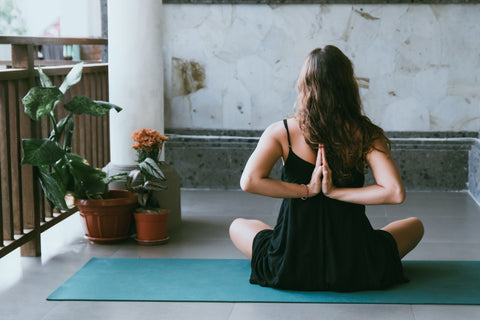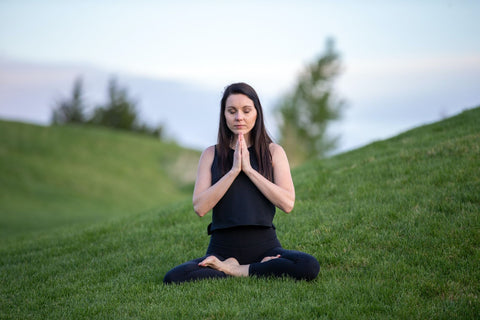What’s the difference between Bikram and hot yoga? Well, Bikram yoga is hot yoga, but hot yoga is not necessarily Bikram yoga. As clear as muddy water, right?
While these two styles of yoga seem very similar, there’s a few differences that set them apart.
Bikram yoga: what is it?

The Bikram yoga method consists of 26 Hatha yoga postures and two breathing exercises in a specific sequence. This sequence is performed twice in 90 minutes in a room heated to 105 degrees fahrenheit with 40 percent humidity. It’s basically like doing yoga in a sauna.
On top of class structure, Bikram yoga also calls for carpeted floors, mirrors at the front of the room, no music and no hands-on instructing, as well as a strict dialogue all Bikram instructors must adhere to.
Hot yoga: what is it?

While both Bikram and hot yoga are performed in heated rooms, Bikram yoga abides by a strict temperature and routine. Hot yoga, on the other can, varies in temperature and includes whatever sequence and yoga positions the instructor has prepared to teach.
Freedom of flow isn’t the only difference of hot yoga. Instructors are allowed to play music and give hands-on instruction. There isn’t one single way to practice hot yoga; each studio, teacher and class will be a completely different experience.
Benefits of hot yoga and Bikram yoga

While doing yoga in a room heated to over one hundred degrees sounds nothing short of difficult, the benefits from the heat are immense.
Both hot and Bikram yoga provide a cleansing, toxic-riding sweat session that can leave you feeling euphoric far after you’ve left the studio. Plus, the heat allows for increased lung capacity, better circulation, enhanced flexibility (be careful with this one as it can lead to common yoga injuries), weight loss, enhanced lymphatic system and a balanced digestive system.
How often you should do hot yoga is a debated topic. Incorporating anywhere from one to three weekly classes into your workout routine will definitely enhance your practice. However, because you’ll sweat so much, it’s crucial to rehydrate and replenish after class. With that being said, if you have any medical ailments, it’s important to talk with your doctor before you try hot or Bikram yoga.
If you’re not a fan of the heat, then no worries. Regular, non-heated yoga classes provide the same amazing benefits. So, do whatever is best for YOU and enjoy the journey!
About the Author
Kristen Hopkins is a CYT 200 trained in Vinyasa, Hot and Restorative yoga with a variety of other fitness specialties from barre, TRX, yoga and cycle living. She currently teaches in Nashville, TN and strives to make her classes adaptable to all levels. Most of her free time is spent traveling with her amazing husband to support their three athletic children or getting all the cuddles from their 4 rescue pups.







